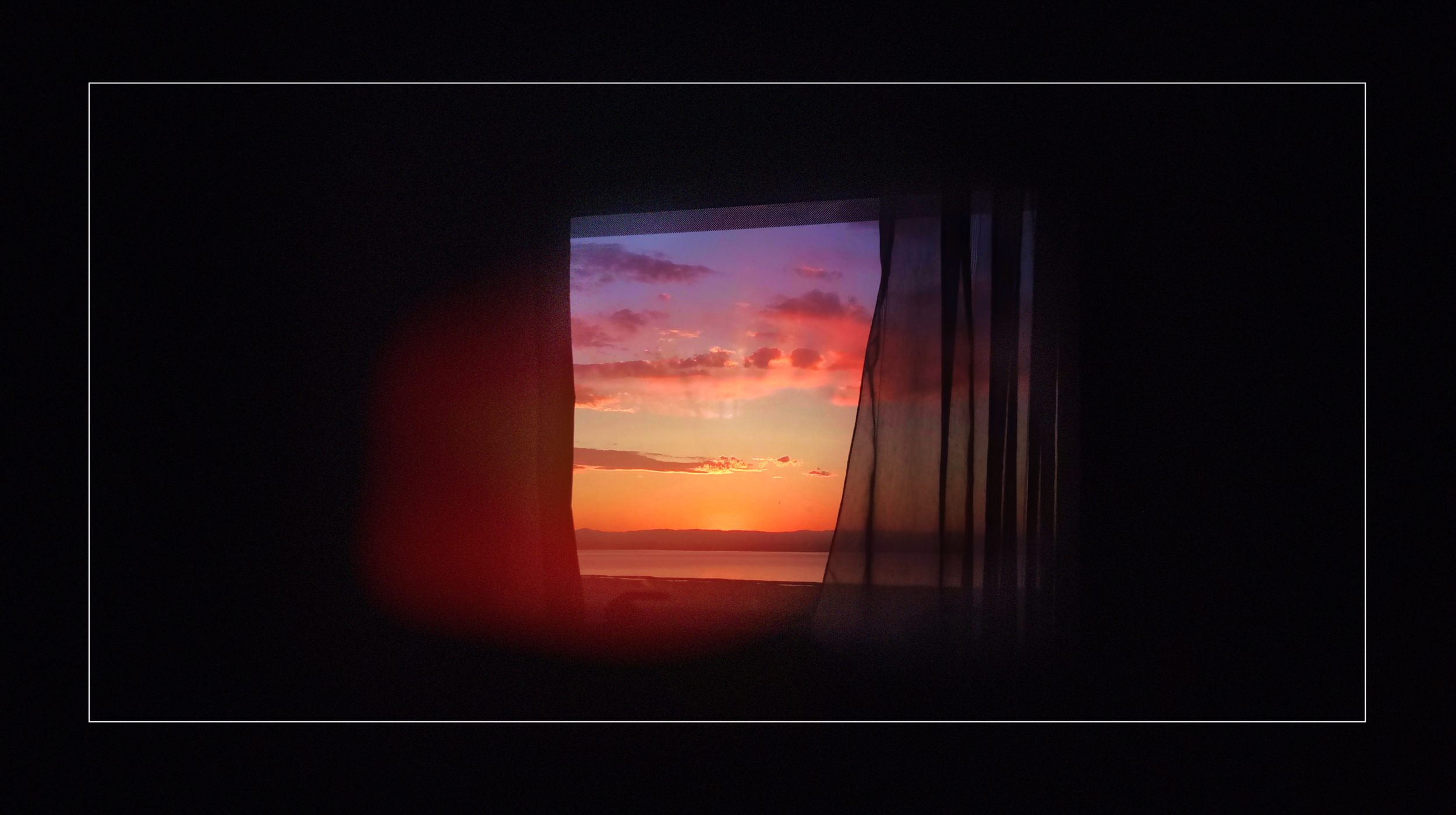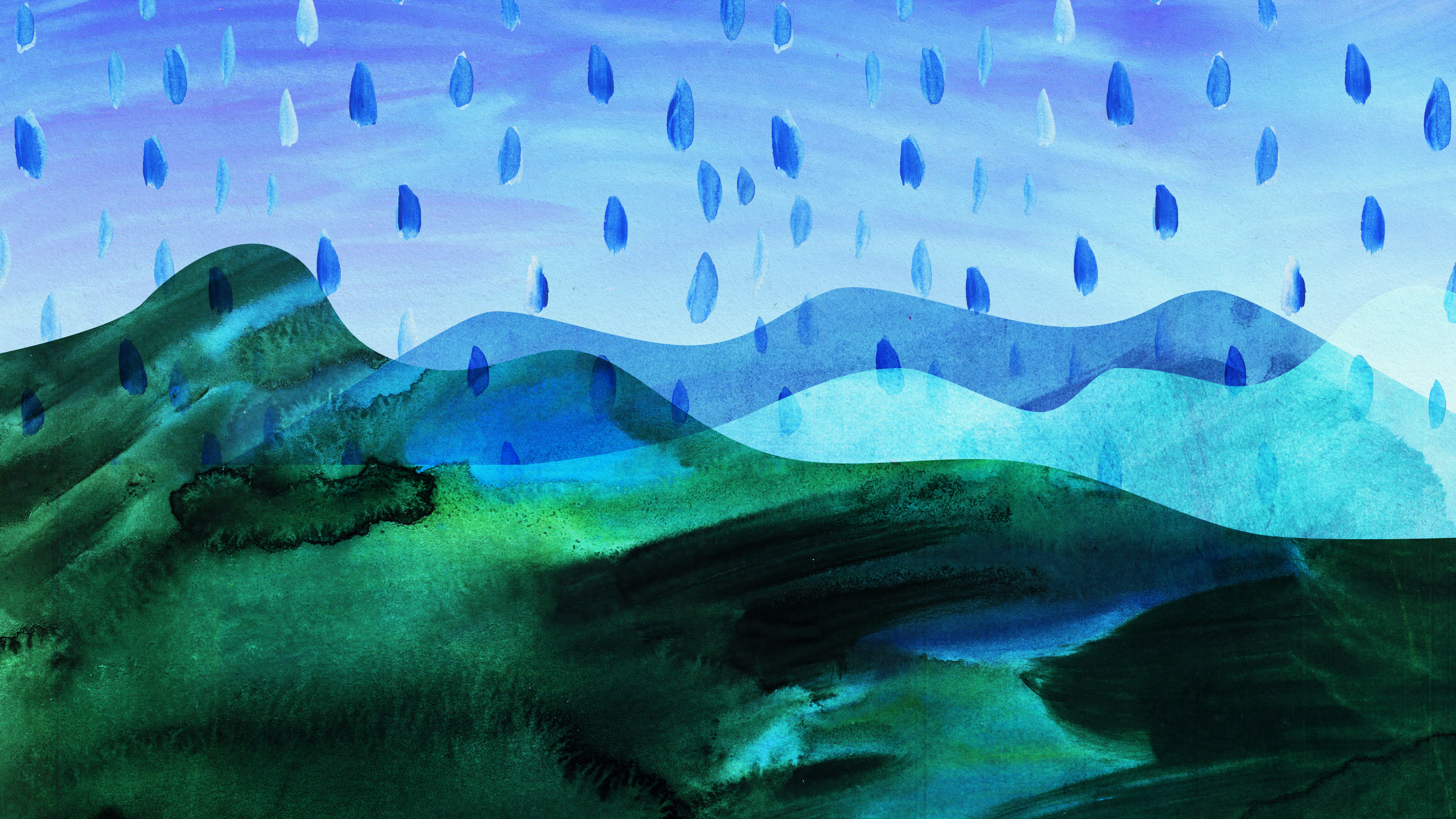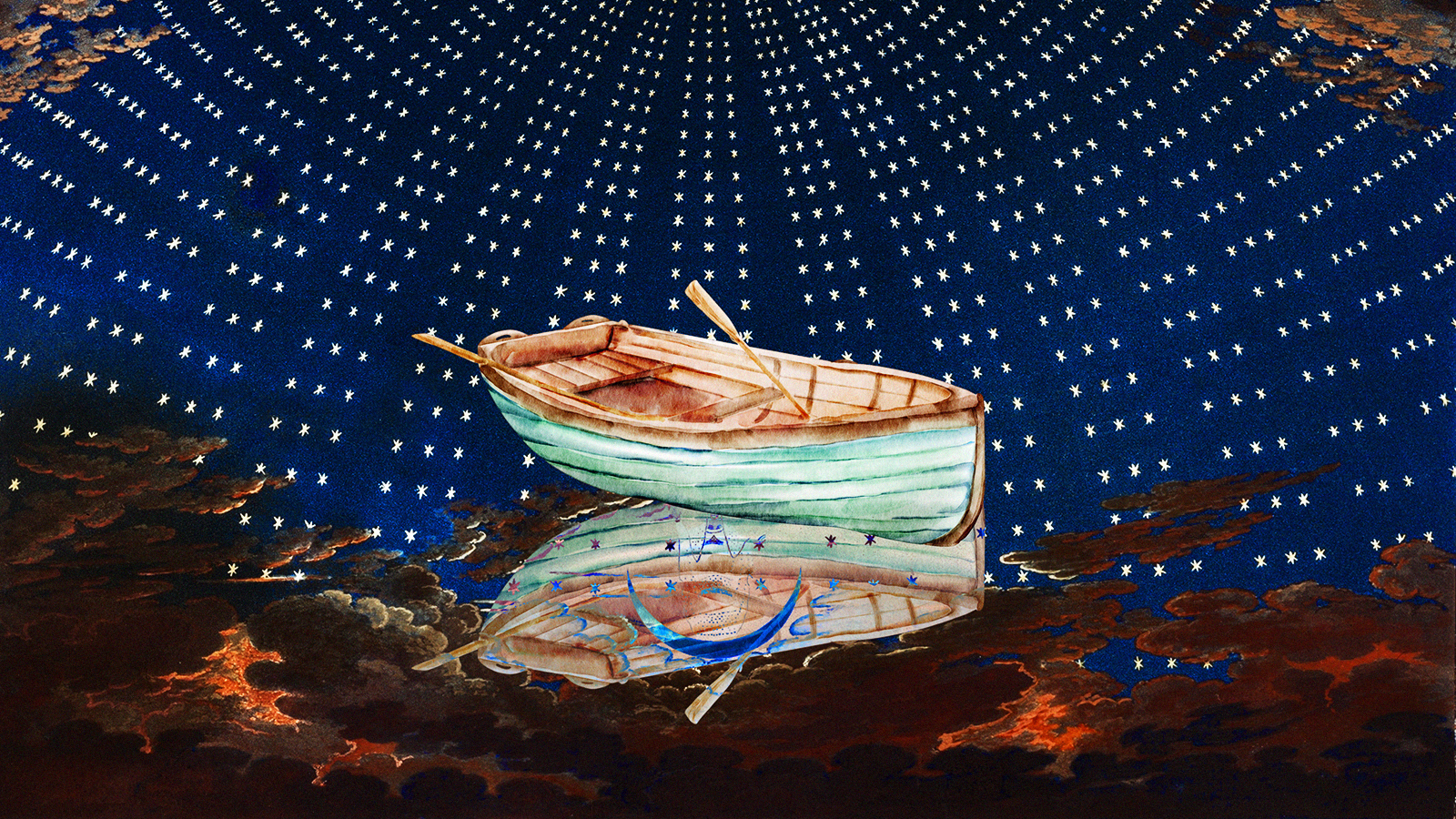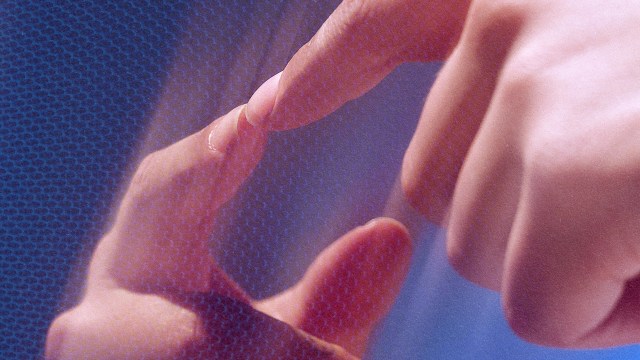The case for “dusking”: In a world of light and noise, embracing the dark can be healing

- The practice of “dusking” entails mindful observation of the transition from day to night, serving as a respite from today’s hyper-productive society.
- It is an exercise in mindfulness, offering a break from consumption and encouraging contemplation.
- Dusking can help us reconnect with nature, appreciate the subtleties of twilight, and understand the cyclical processes of our existence.
Watching dusk fall can be an act of resistance — against the absurd idea that every second must be spent usefully, against thinking in black and white, against the addiction to growth that dominates our lives. A short hour of producing or consuming nothing, not chasing likes or responses. Simply sitting and watching darkness rise, lines blur, and daily life as it unravels.
Dusking, it is called. A verb stemming from a time when people preferred to leave the lights off as long as possible and wait for darkness in the early evening. It was a way to save energy but also, most importantly, a communal end to the day. A tiny rite of passage in which work was released and rest began.
The rise and fall of dusking
It was a woman late in her 80s who taught me that dusk is not only a natural phase of the day but also an activity. She was walking along on one of the night walks I regularly organize. Initially, I was worried about her participation — she looked somewhat frail and the walks take place in a dark forest full of loose branches — but this octogenarian moved along the paths supple as a song. “I’m used to some darkness,” she told me afterwards. “I’ve spent a lifetime ‘dusking’.” In response to my puzzled look, she explained to me what dusking meant. On the farm where she grew up, she, her parents, and three sisters would sit at the window after sunset to watch the night take over. It was the coziest moment of the day, she remembered. “Something I always looked forward to.”
I pictured it, six people from large to small, united in a calm ritual as their planet turned away from its giant sun. It seemed too romantic to be true. At home, I looked it up. I have not (yet) been able to find official research on the art of dusking, but after some on- and offline asking around, it turns out that in the last century it was indeed a familiar pastime, which was gradually lost with the rise of electric light.
With so many lamps at our disposal, who would sit around waiting for colors to fade? Wasted hours. And besides, why sit back at a time of mass extinction, sea-level rise, and societal crises? There’s no time to waste! But two days of dusking converted me. I advocate a revival of sitting and waiting.
A time to do nothing
For starters, because it doesn’t produce anything. At least, not money, followers, or muscle mass. The idea that everything we do should somehow pay off is exactly the mindset we need to get rid of.
It is bizarre how much our societies cling to the myth of eternal economic growth. Even at the last climate summit in Glasgow in 2021 — where world leaders finally stressed the seriousness of the matter for once and yet fell short in their decisions — there was constant talk of the growth potential of a sustainable economy. Apparently, keeping our world livable must also pay off. That growth sometimes requires slowing down, or even dying, is not part of our myth. Nor that our obsession with “more” causes degradation and loss and is in most cases exactly the opposite of growing. When it comes to growth, we need a fundamental change in mindset. We have to start giving up on things. Repair what is broken. Prefer the autumn forest nearby to the beach in Bali.
Of course, this does not apply to everyone in the same way. People in countries like mine, The Netherlands, also live with little, but the vast majority of Western European people have a footprint five times larger than that of the average Ethiopian.
We can hope that future technology will continue to enable our standard of living, but if we don’t learn to see growth as a circular process, it’s just a matter of time before we’re in trouble again. Ultimately, Earth’s resources are finite; no tech-fix can change that. The only technology that’s truly useful in the long-run is our own mindset. Dusking can be a helpful practice. It is not a panacea, but it is a free and accessible exercise in not-doing and not-being — a way to detach yourself from an existence based on exhausting resources and the delusion that our reality has anything to do with a straight line upward. All you need is time and a pair of eyes.
Hello darkness, my old friend
Twilight is startling. It is a paradoxical experience; it happens so slowly that nothing seems to happen, while in the meantime everything changes. What seems solid in daylight fades in dusk. Lines soften, making things, people, and trees seem to blend together. The longer you wait to turn on the light, the more interwoven everything becomes — not a world of separate things but a hazy sketch that the imagination can easily run wild with.
Among the “duskers” I spoke to in recent months was a woman who reads her interior magazines exclusively at dusk. When she can’t see the images sharply, she told me, her imagination takes over and populates the interiors with strange shapes and presences. In a blurred sketch, you invent your own boundaries, and there is dialogue between inner and outer worlds. Even the line between a body and its surroundings dissolves. It’s not coincidental that twilight is the time when, according to legends, a human can merge with a bat, a wolf, or the mist.
I didn’t become a werewolf on the couch in front of our living room window, but I had an experience that I also often have during my night walks. The darker it gets, the bigger the world seems to get. It’s an experience I recognized in a poem by the Austrian poet Rainer Maria Rilke. Paraphrased, he writes, “Fire limits the world to the circle it lights up.” He goes on:
But the darkness embraces everything:
shapes and shadows, creatures and me,
people, nations — just as they are.
In the light you exist in a place limited by sight, but in the dark you are no longer confined to your location. You drift through a boundless world with no visible beginning or end.
What struck me most while waiting for darkness is the fact that I normally miss this big transition. It happens every day and almost never am I aware of our planet turning away from the sun. Have all the screens fragmented my attention so much that I never experience the biggest event of the day? Perhaps. But it surely also has to do with the army of electric lights that switch on as soon as the sun goes down. Night too suffers from the delusion that more is always better. In our 24-hour economy, every corner must be lit, even though the vast majority of that light is wasted, and even though it has long been proven that more light does not directly correlate with more safety, and turns out to be bad for our health and that of countless nocturnal animals.
An addiction to light
According to Japanese writer Jun’ichirō Tanizaki, addiction to electric light is part of the blueprint of Western societies. In his wonderful book In Praise of Shadows, he writes that the “progressive Westerner” is always improving his faith. “From candle to oil lamp, from oil lamp to gas lamp, from gas lamp to electric lamp — never does his quest for brighter light stop, he leaves nothing untouched to erase even the smallest shadow.” According to Tanizaki, the Westerner wants to see everything and precisely because of this, he misses out on large parts of the world. It turns him into a shallow figure with no eye for the subtle beauty that a shadow world brings. A century after Tanizaki’s writing, our light addiction has killed almost all the shadows he so praised.
When I started dusking, I turned off the lamppost in front of our house. It’s an easy job if you have the right tools. Dusk in a light-polluted city like mine, Amsterdam, is nothing compared to that in a truly dark place, but with that one lamppost dead and the lights inside off, there was some twilight. I found it quite magical to hang around in the limbo between light and dark for a small hour. I realized how used I am to seeing only the outcome of things. Processes are largely invisible in our society. Hardly anyone sees the wheat of our bread grow, fattens their own chicken, or knows the path that water traveled from its source to the pipes of the tap.
Bring back dusking
Seeing only end products gives a distorted, simplistic view of the world. It alienates us from life, seeing no longer how plants, animals, water, and air are connected in processes of which we too are a part. Twilight reminds us that we live in slow but continuous transformation — that day and night are not opposites but intertwined, and that a world with only light is a lie and the greatest change is often hidden in plain view. And all of that for free. A chair and a view is all you need.
So, it’s time to bring back the art of dusking, in which we mark the transition from work to rest every day in an hour of producing or consuming nothing. It’s a daily realization that opposites are intertwined and for a moment, just one moment, we feel the possibility of being a wolf, a bat, the mist.





